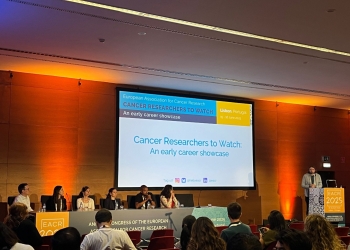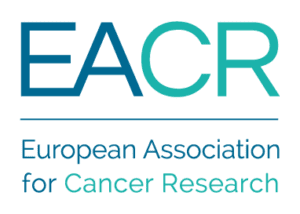The EACR’s ‘Highlights in Cancer Research’ is a regular summary of the most interesting and impactful recent papers in cancer research, curated by the Board of the European Association for Cancer Research (EACR).
The list below appears in no particular order, and the summary information has been provided by the authors unless otherwise indicated.
Use the dropdown menu or ‘Previous’ and ‘Next’ buttons to navigate the list.
Budhraja, K.,K., McDonald, B., R., Stephens, M.,D. et al. SciTranslMed. 15 (678), 2023.
doi: 10.1126/scitranslmed.abm68.
 Summary of the findings
Summary of the findings
Cell-free DNA in plasma is fragmented to a modal length of 167 bp, which corresponds to the length of DNA typically wrapped within a mono-nucleosome. Several groups have shown that the genomic locations of DNA fragments observed in plasma correspond to nucleosome positioning in lymphoid cells. More recently, the differences between nucleosome positioning across cell types are being leveraged to aid cancer detection. In this paper, Karan Budhraja, Bradon McDonald and colleagues hypothesized that compared to healthy individuals, plasma DNA from patients with cancer will have differences in end positions. To test this, they first identified a map of recurrently protected genomic regions using deep whole genome sequencing of plasma DNA from healthy individuals. Using this map, they measured the fraction of aberrant DNA fragment ends observed within protected regions in >2600 plasma samples from additional healthy controls as well as patients with cancer from across 11 subtypes. They found the fraction of aberrant DNA fragment ends was more common in patients with cancer, higher for mutated DNA fragments and higher for DNA fragments affected by copy number alterations. Combining this information with a sample-level analysis of nucleotide frequencies at fragment ends, they showed that a random forest machine model achieved 91% accuracy to distinguish between plasma samples from cancer patients and from healthy individuals.









